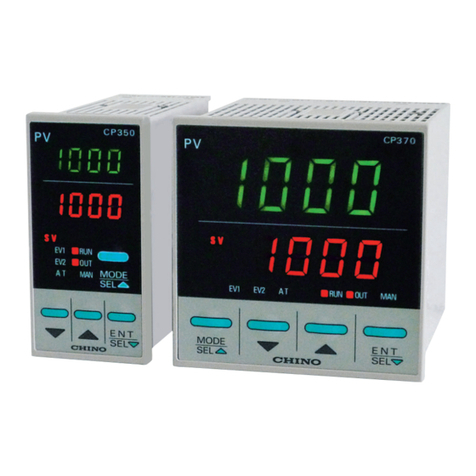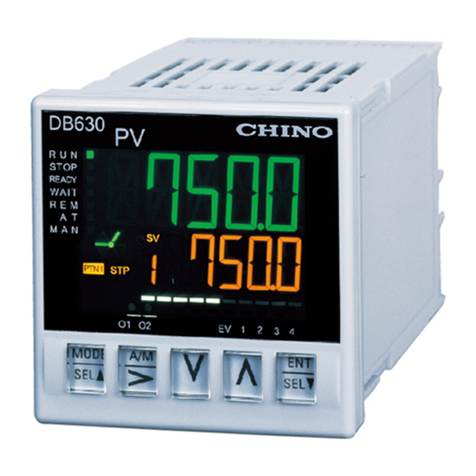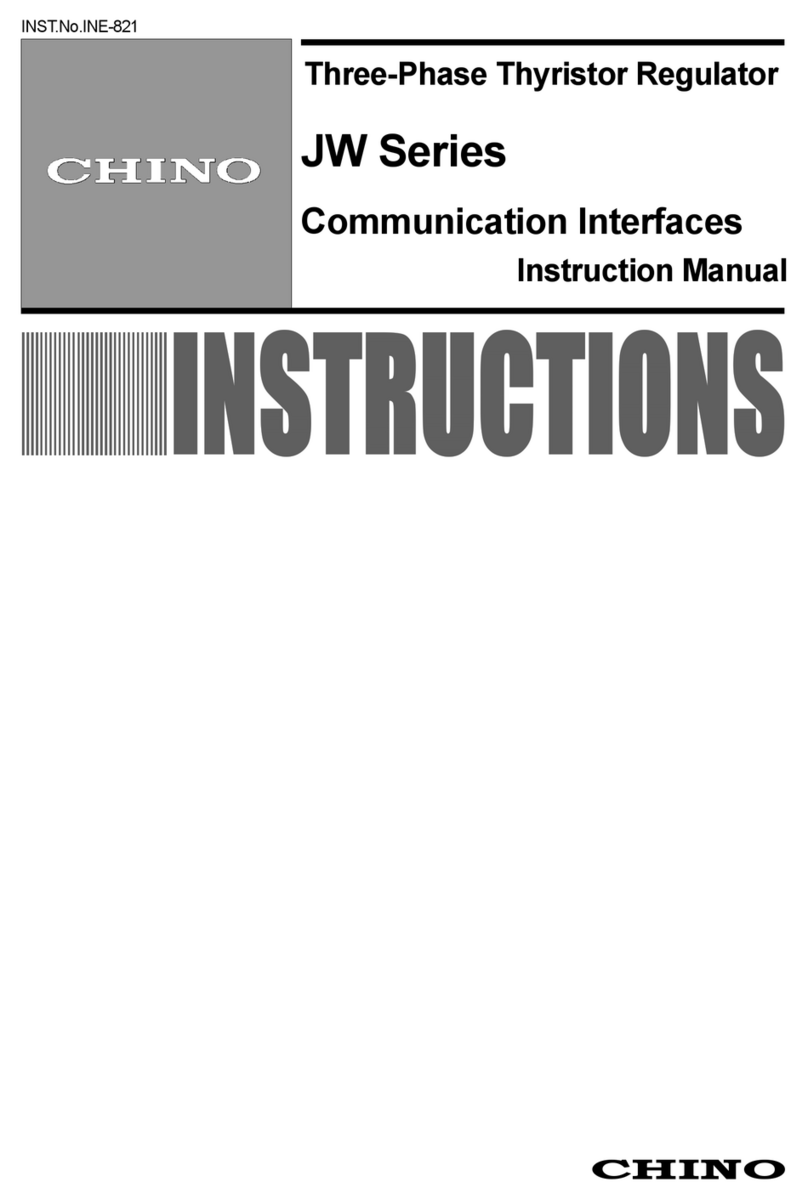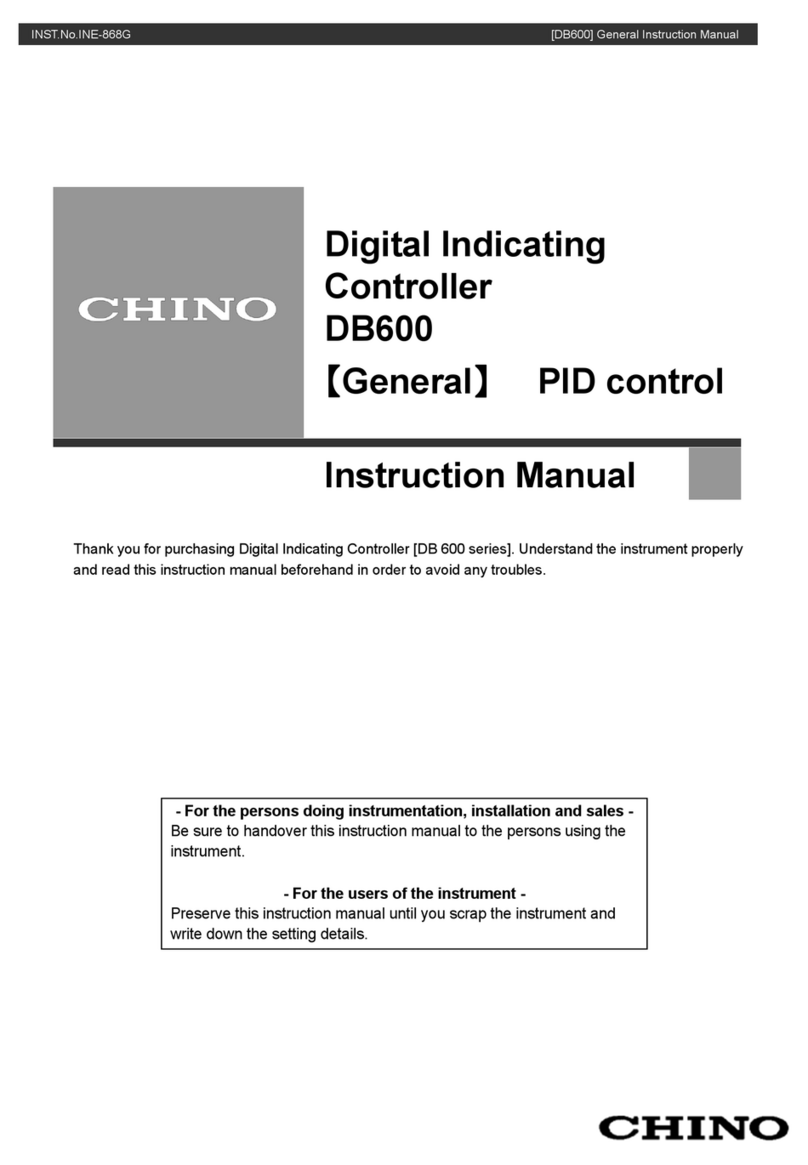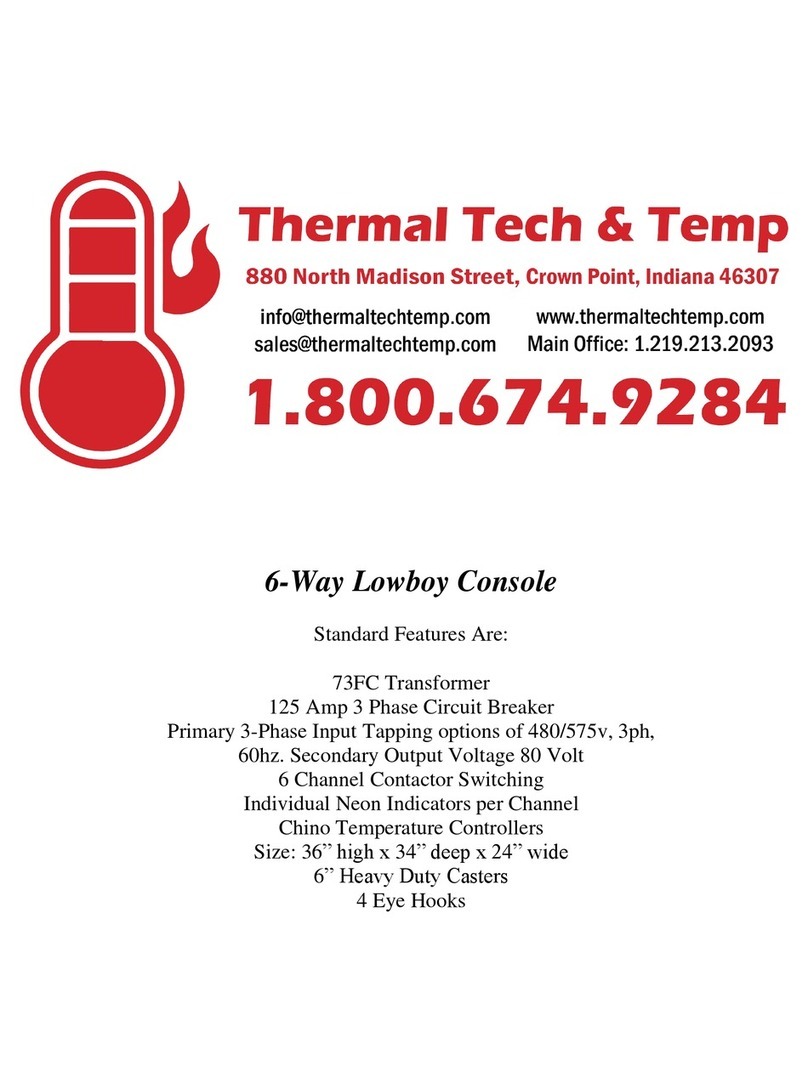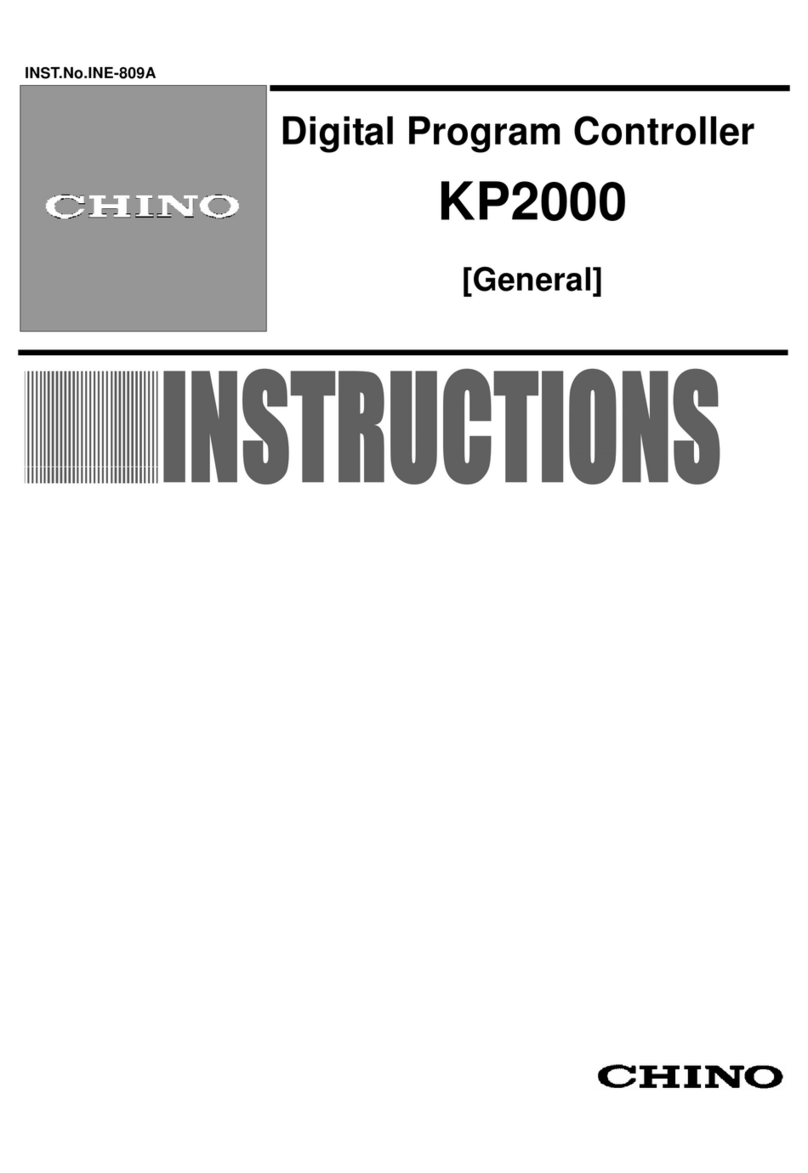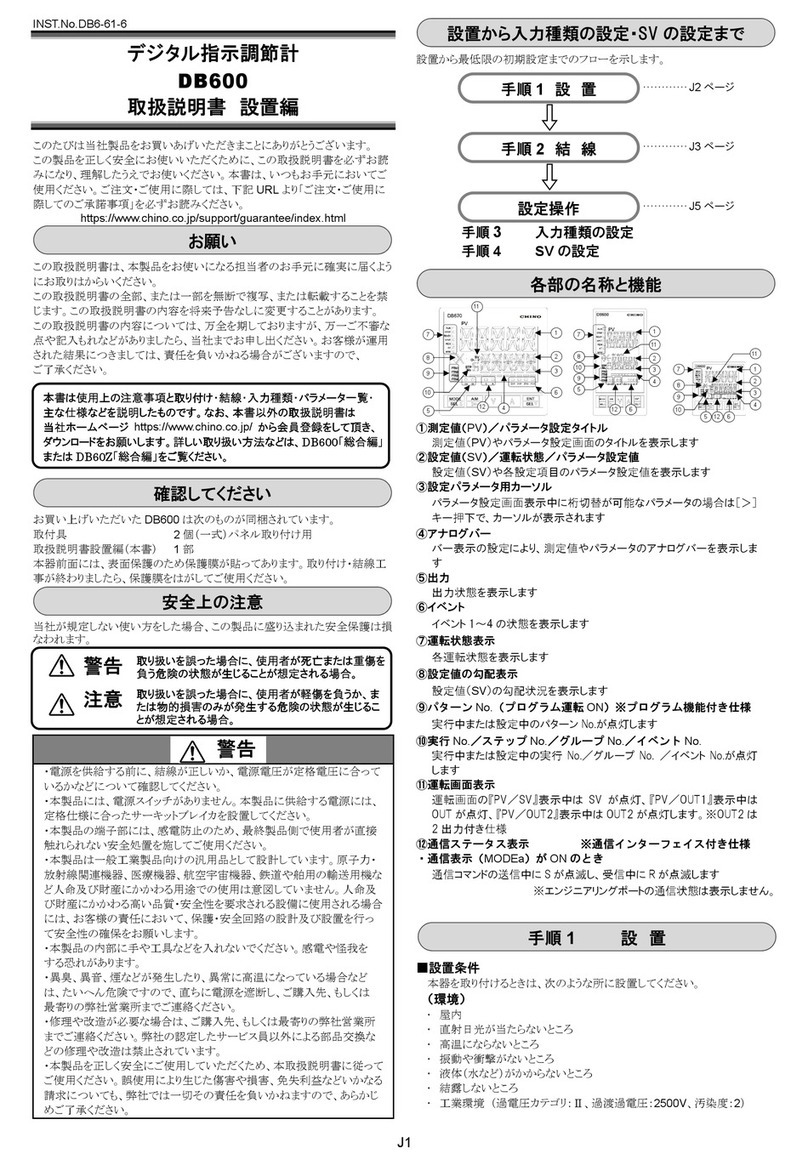
-1-
Cautions on safety
1. Preconditions for use
The unit is to be installed inside an indoor instrumentation panel.
2. Symbol marks employed in the unit
Use in the unit
Labels Meanings
Caution on handling for
prevention of an electrical shock,
injuries or other accidents
Caution on a hot place (heat
sink) for preventing burn
Caution on a rotating place
(cooling fan) for preventing
injuries
Connect the grounding part
(mounting hole) to the protective
conductor terminal of the power
supply equipment.
Use in this manual
Labels Meanings
The nonobservance of
information under this symbol
may result in death, or
hazardous, critical or serious
injury.
The nonobservance of
information under this symbol
may result in a hazardous
situation or a light injury or in
physical damage to a
property.
Information that you can use
as a reference
3. Summary
This JU series single-phase thyristor regulator is the power regulator for controlling of power to a
heater of electric furnaces or other equipment, depending on the signal from a controller or a manual
setting unit. This unit is designed as a general-purpose product for general industrial products. It is not
intended for use in human-life and property related applications such as nuclear and radiation related
equipment, medical equipment, aerospace equipment, railroad, and marine transportation equipment.
To use this unit for equipment that requires high quality and safety that affects human-life and property,
design and install the protection and safety circuits to ensure safety at your own responsibility.
Warnings/Cautions
1. Installation direction
Make sure to install the unit vertically with its UP
mark ( UP) placed upward to ensure air-cooling
effect.
2. Don’t use the unit on any desk.
Make sure to install the unit on a panel to prevent
its trouble or an injury by its falling down.
3. Installation environment
Don’t operate the unit at a place where an
explosive gas, an inflammable gas, vapor, or
conductive substances like carbon, iron powder,
etc. exist.
4. Don’t repair or modify the unit
To prevent an electrical shock accident, a fire, or
its trouble, don’t repair, modify, or disassemble the
unit by any person other than our qualified
servicemen.
5. Turn off the power supply for an abnormal
symptom.
If you have abnormal odor, abnormal heating, or
other abnormal symptoms, turn off the power and
inform of it to your nearest agent of CHINO
Corporation.
6. Heavy product
When working on a product more than 18kg, do
not work alone.
Request for securing safety
1. Use the unit at the rated current or lower.
Confirm the rated current on the label pasted on
the upper panel or front panel of the unit.
2. Connect a load before turning on the power
supply
Never turn on the power supply without
connecting a load in advance to prevent its
trouble.
3. Applicable load
A resistive load is applicable. An inductive load
(transformer primary control, magnetic flux density
1.2T or less) is applicable only when the
phase-angle firing system is selected.
4. Mounting of a rapid fuse
For the models without a rapid fuse, mount a rapid
fuse externally for protecting the thyristor element.
5. Countermeasure against digital units
Higher harmonic noises are generated when the
unit is used with the phase-angle firing system.
Use an insulation transformer, separate the unit
from a power line, or take other countermeasures.
6. Don’t use any unused terminals.
Don’t connect any signal to any unused terminals
to prevent a trouble.
Reference
lert
symbol
mark
Caution
on high
temperature
aution on
moving
arts
Grounding
terminal
Warning
Caution
